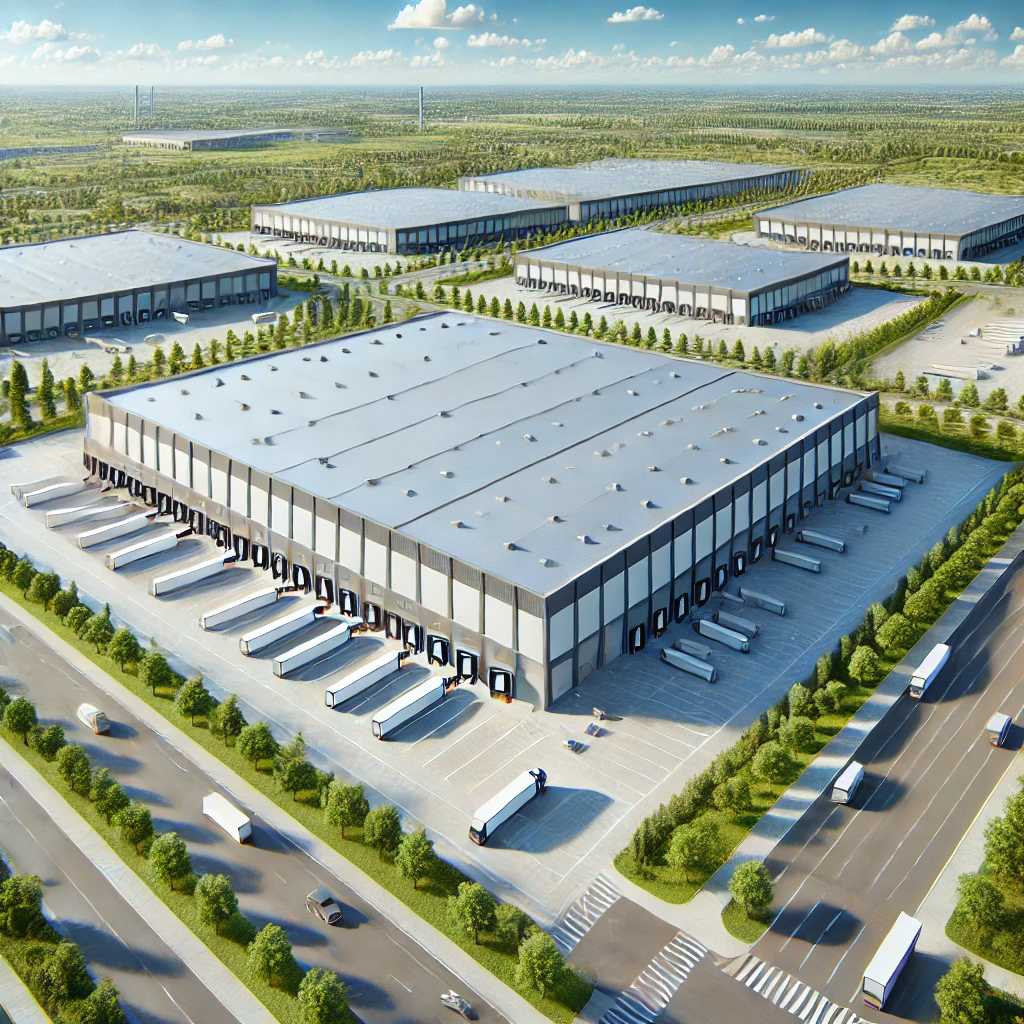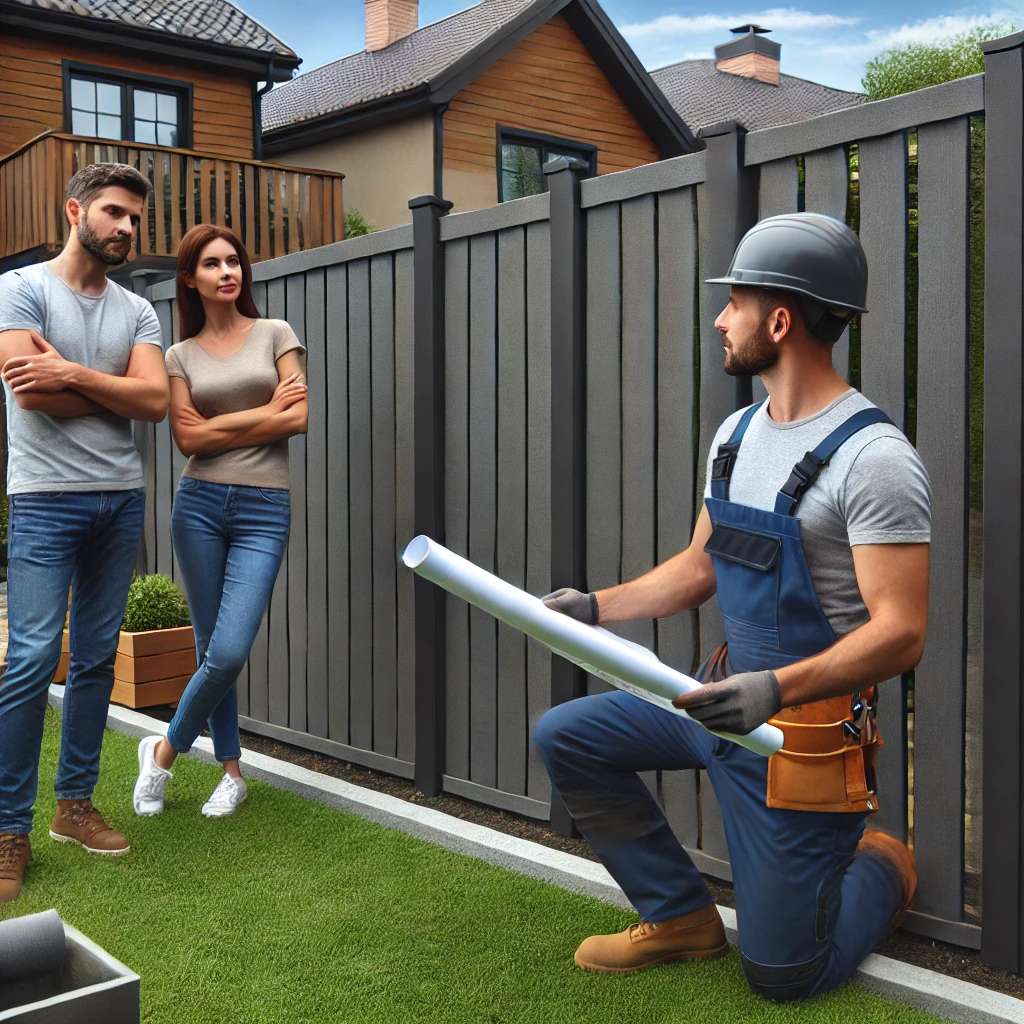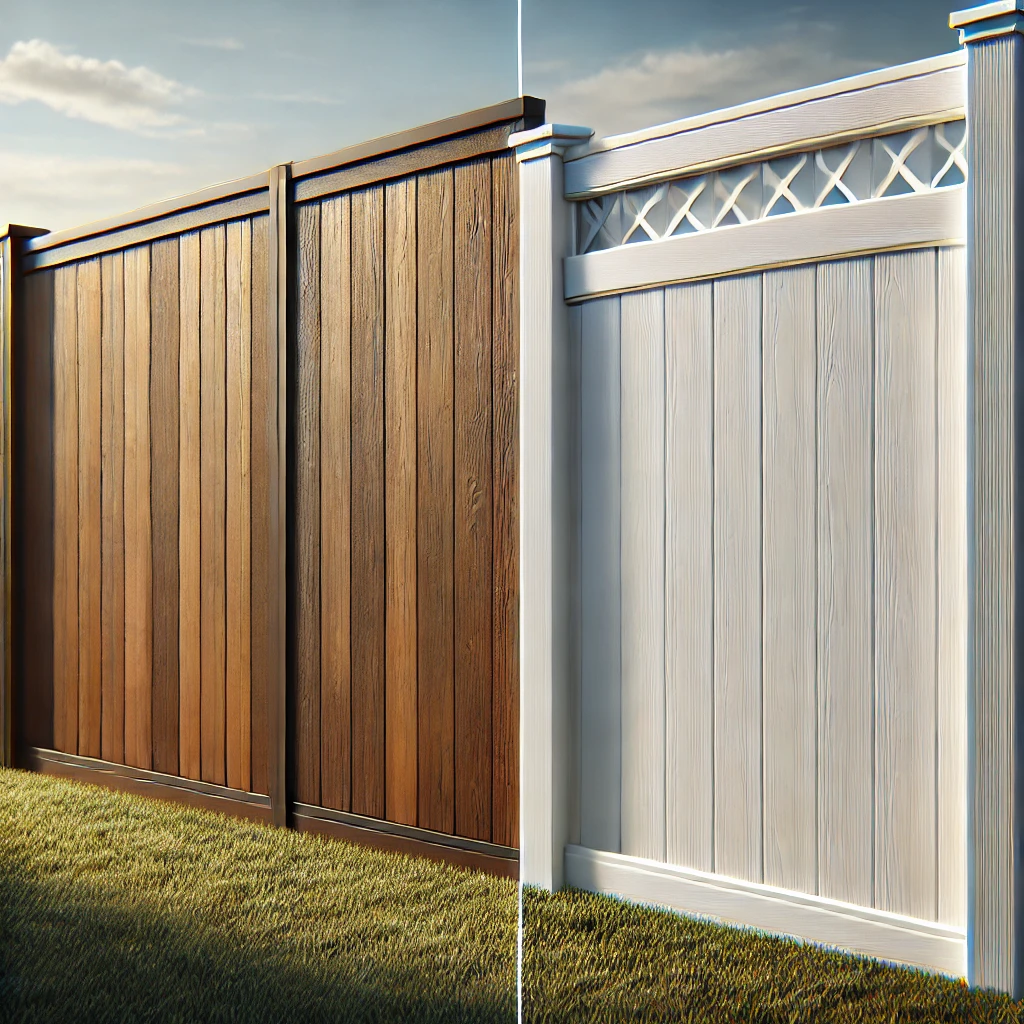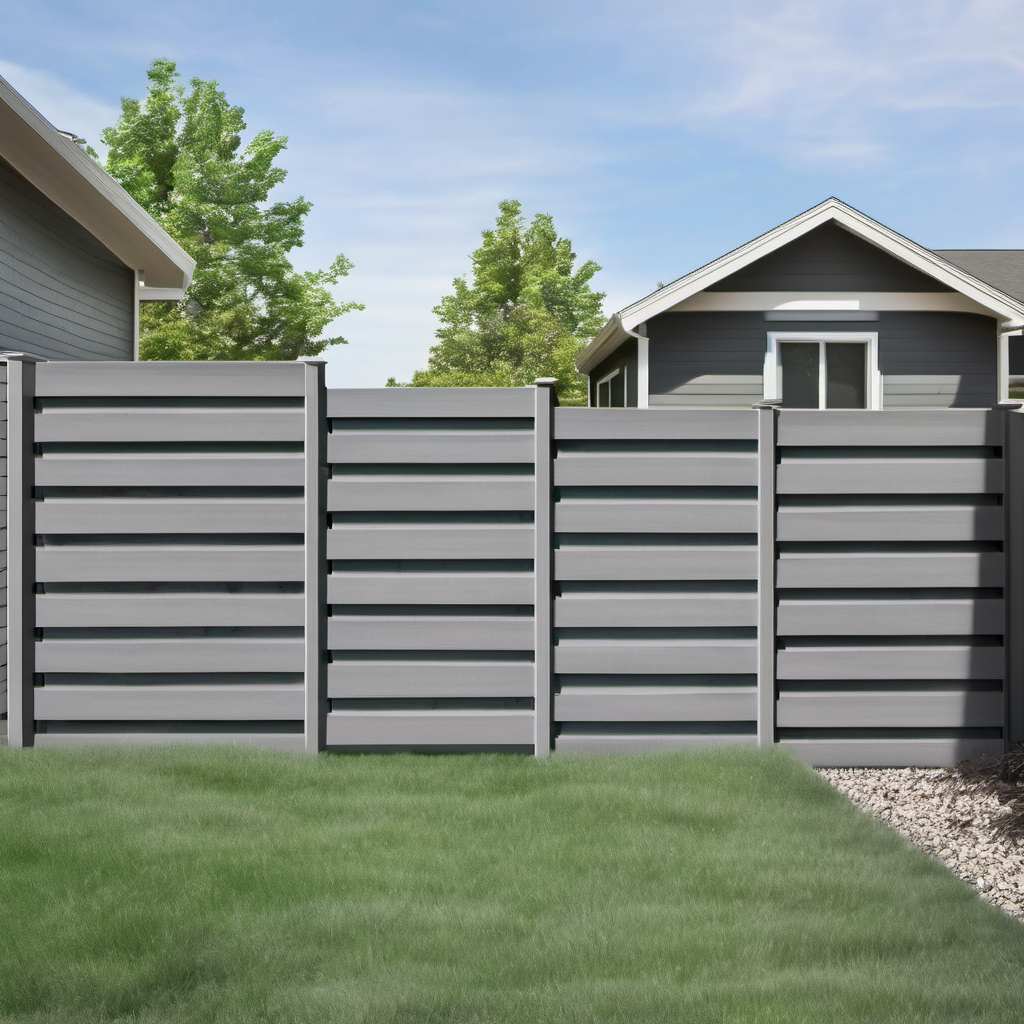When considering composite fencing installation for your property, you’ll find it offers a mix of appealing benefits and some notable drawbacks. Composite fencing boasts impressive durability, resisting water, rot, and insects while requiring minimal maintenance. Its eco-friendly construction, using 95% recycled materials, is a major selling point for environmentally-conscious homeowners. However, you’ll need to weigh this against the higher initial costs and the potential for color fading, especially in sunny areas. The quality of materials can vary greatly between brands, making thorough research essential. So, what should you prioritize when making your decision?
Key Takeaways
- Composite fencing has a lifespan of 25-30 years and includes a 20-year warranty for long-term reliability.
- Made from 95% recycled materials, composite fencing is an eco-friendly choice with a reduced environmental footprint.
- It requires minimal maintenance, avoids staining or painting, and resists rot, insects, and corrosion.
- Initial costs are higher than wood or vinyl, starting at approximately $19.25 per board, which may deter budget-conscious homeowners.
- High sun exposure can cause darker composite boards to fade over time, potentially necessitating replacements to maintain aesthetic appeal.
Composition, Advantages, and Environmental Impact
Composite fencing stands out for its combination of durability and eco-friendliness. Made from 95% recycled materials—a mix of reclaimed wood fibers and recycled plastics—it offers an environmentally responsible solution that minimizes waste and promotes sustainability. The co-extrusion manufacturing process ensures the material is both durable and high-performing, with a typical lifespan of 25-30 years and a 20-year warranty for added peace of mind.
One of the key advantages of composite fencing is its resistance to water, rot, insects, and corrosion. This durability means the fence remains in excellent condition with minimal maintenance, requiring only occasional cleaning and no need for staining or painting. Aesthetically, composite fencing mimics the natural look of wood, with integrated color options that maintain their appearance over time, enhancing your outdoor space without the hassle of frequent upkeep.
| Advantages | Details |
|---|---|
| Longevity | Lifespan of 25-30 years, often with a 20-year warranty |
| Durability | Resistant to water, rot, insects, and corrosion |
| Environmental Impact | Made from 95% recycled materials, reducing waste |
| Low Maintenance | Requires only occasional cleaning, no need for staining or painting |
| Aesthetic Appeal | Mimics natural wood, available in various colors and styles |
Disadvantages
While composite fencing offers many benefits, it also has some notable drawbacks. Higher initial costs are a primary concern, with prices starting around $19.90 per board. This can be a significant deterrent for budget-conscious homeowners, even though the long-term savings on maintenance and replacements often justify the investment.
| Material Type | Initial Cost per Board | Longevity (Years) |
|---|---|---|
| Composite | $19.90 | 25-30 |
| Vinyl | $13.00 | 20-25 |
| Wood | $6.50 | 15-20 |
Comparison With Other Materials
Several key factors stand out when comparing composite fencing with other materials like wood, vinyl, and metal. Composite fencing offers considerably lower maintenance requirements than traditional wood and metal options. It’s rot-resistant and doesn’t need sealing or painting, making it a practical choice for those seeking convenience and longevity.
Unlike vinyl fencing, which is made from non-renewable materials, composite fencing combines recycled wood fibers and plastic, making it a more eco-friendly choice. Despite the higher initial costs compared to wood or vinyl, the longevity of 25-30 years means you’ll likely save on maintenance practices and replacement costs over time.
Aesthetically, composite fencing provides superior versatility, mimicking the look of natural wood and offering a variety of colors and styles. When it comes to durability, composite is second only to wrought iron, being resistant to decay, insects, and corrosion, guaranteeing a robust, long-term solution for your fencing needs.
Market Trends and Consumer Preferences
The composite fencing market is experiencing significant growth, driven by increasing environmental consciousness and demand for sustainable materials. As more homeowners become aware of the benefits of composite fencing, particularly its 95% recycled content, the demand continues to rise.
Market forecasts indicate that this trend will persist, fueled by technological advancements that enhance durability, aesthetics, and low maintenance benefits. Consumers increasingly prioritize materials that balance sustainability, aesthetics, and practicality, making composite fencing an attractive option.
Consumers also appreciate the natural wood-like finish of composite fencing, which aligns with current design trends. The long-term cost benefits of minimal maintenance and extended lifespan make it a wise investment for budget-conscious homeowners.
As these trends continue to grow, composite fencing is set to become an even more popular choice for those seeking a sustainable, durable, and visually appealing fencing solution.
Conclusion
In conclusion, composite fencing offers a sustainable, long-lasting, and low-maintenance option for your property. While the initial cost might be higher, and there’s a risk of fading, the benefits of durability and eco-friendliness make it a wise investment. Thorough research on brands and careful selection based on climate and sun exposure is essential to ensure long-term satisfaction. Ultimately, composite fencing provides a blend of aesthetics and functionality that’s perfect for the environmentally-conscious homeowner.
More about Composite Fences

Composite Fence Manufacturers
Diana Sawyer

Cost of Composite Fencing
Diana Sawyer

Composite Fence Vs Wood Fence
Diana Sawyer

